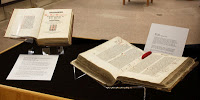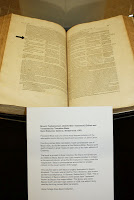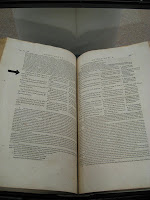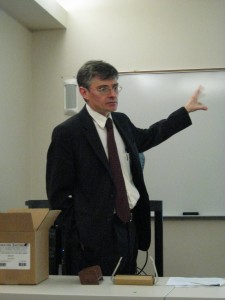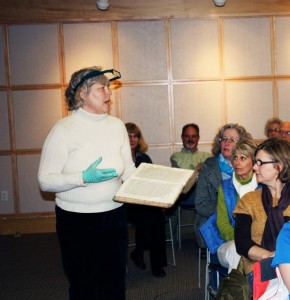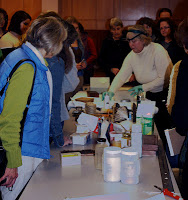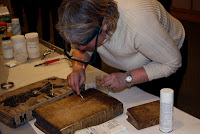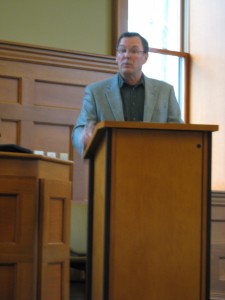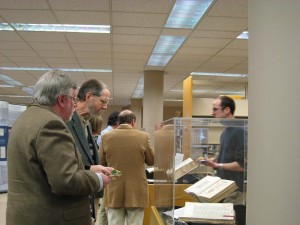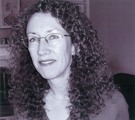Interested in getting some experience with scholarly exercises in your discipline? Or interested in exposing your students to more hands-on work in a field? Over the last few years, crowdsourcing projects have changed the ways in which laypeople can contribute to publicly available historical and scientific sources, particularly digitization projects. Advancing social media technology has made it increasingly easy for anyone with interest and an internet connection to become involved in research digitization projects.
What is crowdsourcing? Rose Holley offers a good definition and emphasizes how it is different than broader social media interactions. Crowdsourcing uses “social engagement techniques to help a group of people achieve a shared, usually significant, and large goal by working collaboratively together as a group. Crowdsourcing also usually entails a greater level of effort, time, and intellectual input from an individual than just socially engaging. […] Crowdsourcing relies on sustained input from a group of people working towards a common goal, whereas social engagement may be transitory, sporadic or done just once.” Just like composer Eric Whitacre’s Virtual Choir projects, it allows volunteers from around the world who have never met to contribute to a collective goal.
Wikipedia is probably one of the most well-known examples of crowdsourcing, where millions of anonymous users create and edit articles in an open web-based encyclopedia. In 2009, when expense reports by members of England’s Parliament revealed possible misappropriation of funds, the Guardian used crowdsourcing to recruit volunteers to pore through the almost 500,000 pages of documentation available. In the first 80 hours after release, readers worked through almost 170,000 documents. Many of you participate in a miniature version of crowdsourcing on a daily basis and may not even realize it. Have you ever filled out a web form where you are required to read and type out two words to prove that you aren’t a computer spamming the form? Turns out this reCaptcha technology is using the collective brain power of millions of internet users to help digitize books. Human eyes read and interpret the texts that computerized optical character recognition (OCR) cannot.
Though these are all more popular examples of crowdsourcing, over the last few years, there have been an increasing number of scholarly digitization projects that utilize crowdsourcing. Here are several notable ones:
Ancient Lives – This site allows you to help transcribe ancient Greek papyrus fragments discovered in the late 19th century. Even those without knowledge of Greek can participate, as they provide assistance with letter recognition. This work will help scholars process this collection of almost 500,000 fragments and identify the texts contained within.
Civil War Diaries and Letters Transcription Project – The University of Iowa Libraries are recruiting crowdsourcing assistance to transcribe their collection of Civil War primary sources.
Transcribe Bentham – The University College of London invites volunteers to help with the transcription of the unpublished manuscripts of Jeremy Bentham.
Papers of the War Department 1784-1800 – This online transcription project will increase the availability and searchability of this digital collection of documents once thought lost after a fire in the War Office in 1800.
Old Weather – Interested in history and the environment? This project enlists crowdsourcing volunteers in order to transcribe weather data from historic ship logs. This data can help scientists analyze weather trends and climate change over time.
Galaxy Zoo – In this project, you assist scientists in analyzing images from the Hubble telescope. The site guides you through a series of questions about the visual characteristics of each image, and your answers will help classify the galaxies that you see.
If you enjoy the science-oriented projects like Old Weather and Galaxy Zoo, check out other projects housed on the Zooniverse site.
Some crowdsourcing projects allow you to freely send your entries into the project, while others require a brief registration process. Worried that you might make a mistake? While these projects do depend on volunteers giving their best efforts, the same texts are usually viewed by multiple pairs of eyes, ensuring that there will be several opinions offered for each transcription/image.
Do you know of any other interesting academic crowdsourcing projects? Please share them in the comments!
— Jessica Hronchek, Research Librarian
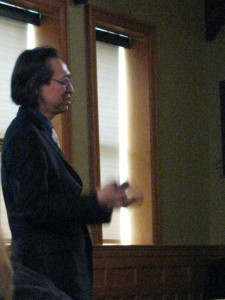 On March 12, artist Makoto Fujimura presented a lecture on visual theology as part of the World Christians Lecture Series. Fujimura is an artist from New York who recently completed a project entitled The Four Holy Gospels, a work commissioned in light of the 400th anniversary of the King James Bible, in which Fujimura illuminated the four gospels through painting.
On March 12, artist Makoto Fujimura presented a lecture on visual theology as part of the World Christians Lecture Series. Fujimura is an artist from New York who recently completed a project entitled The Four Holy Gospels, a work commissioned in light of the 400th anniversary of the King James Bible, in which Fujimura illuminated the four gospels through painting.

